23 templates to automate your CRM in Gmail
Connect to 4,000+ apps and set up automations without using any code or leaving Gmail.
You're busy. You'd love to provide a prompt, hand-crafted, customized message to every customer, prospect, or business partner, but it's just not feasible. In fact, it's generally understood that you might not be able to.
For teams in roles like support, sales, or customer success, the challenge is even greater. High volumes of inquiries can make it impossible to respond to everyone in real time. Automated responses become a powerful tool here, allowing teams to offer a quick first response and handle routine inquiries quickly while still giving the customer a sense of personalized attention.
By automating email responses, you can still provide a human touch that doesn’t dead-end the conversation. Whether you're managing a large sales pipeline or a busy support queue, automated messages can help you acknowledge inquiries promptly, provide answers to common questions, and guide recipients toward the next step. The key is balancing efficiency with personalization, so the person on the other end feels supported, not brushed off.
An automated email response is a pre-written message sent in response to specific triggers or actions. These messages can be used in many situations, such as letting the sender know you received their email or confirming an order.
Automated email responses help keep processes running smoothly and quickly without people having to wait for an email from you. In some cases, the volume might be so high that you can't respond to everything. You can help customers get answers or prospects moving down the sales funnel without your direct involvement.
There are plenty of instances when you can use email automation to keep the conversation moving. Here are a few examples:
Even when you're not at your computer, it can still be extremely helpful to let people know that their email went through and to confirm that they're messaging the right person.
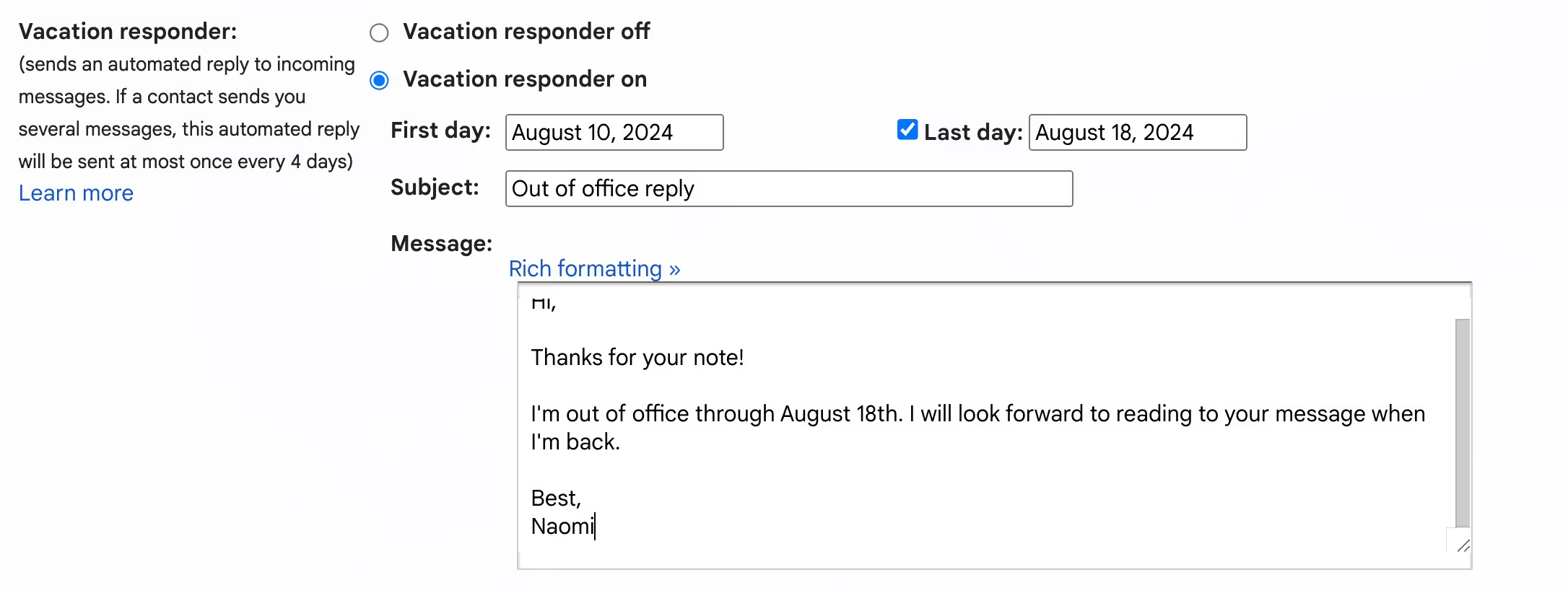
alt text: screenshot of Gmail's Vacation responder settings
The most common version that you've no doubt seen is an out of office message for someone who's taking time away from work for vacation, family leave, to attend a conference, or other various reasons.
Setting this up is a manual task that you turn on and then turn off when you return. Another variation is to send an automated response any time you get an email outside of your working hours.
Sometimes, you or your team simply can’t respond to everything immediately, even during regular work hours. This is common with support requests, where automated responses inform the sender that their ticket will be addressed within a specific time frame.
If the same message applies to everyone who takes a specific action, automating the response is an easy win. This is especially useful for short-term situations, like when your support team is overloaded.
For example, imagine your company's website goes down, and none of your users can log in. You'll likely be flooded with inquiries about the issue. To manage the volume, you can set up an automated response that explains the problem, provides an estimated fix time, and includes a phone number for critical issues.
It doesn't make a ton of sense to write up a custom email every time someone makes a purchase, schedules an appointment, or needs a reminder. In fact, the recipient expects these to be automated (but bonus points if you can make them feel like they aren't automated!).
Automated emails are particularly useful when prospects engage with your content but aren't directly reaching out to you. These emails allow you to provide timely follow-up and additional information to move them further down the sales funnel.
For example, if a prospect downloads a free report from your website, you can send an automated email with the download link. But it doesn’t stop there—you can continue to engage them over time with relevant content, such as product updates, case studies, or invitations to webinars, helping to build a relationship and guide them toward a purchase.
Here are a few specific examples of autoresponder emails that can help improve communication by providing the sender with useful information and ushering them to the next step.

Out of office emails, sometimes called vacation responders, are useful for letting the sender know that you can't get to their email immediately. This way, they're not stuck in limbo for three days wondering why you forgot about them.
Here's a customizable template you can use in a hurry:
"Dear [NAME]
I just wanted to let you know that I got your message, but I'm actually out of town for the next few days for [REASON]. As soon as I'm back, I'll respond right away. If you need help immediately, here are a few options:
Sincerely,
[YOUR NAME]"
It's short, it's helpful, and it's personal. You don't have to give the reason you're out of town, but mentioning you're on a ski trip or at a marketing conference just adds a personal touch.
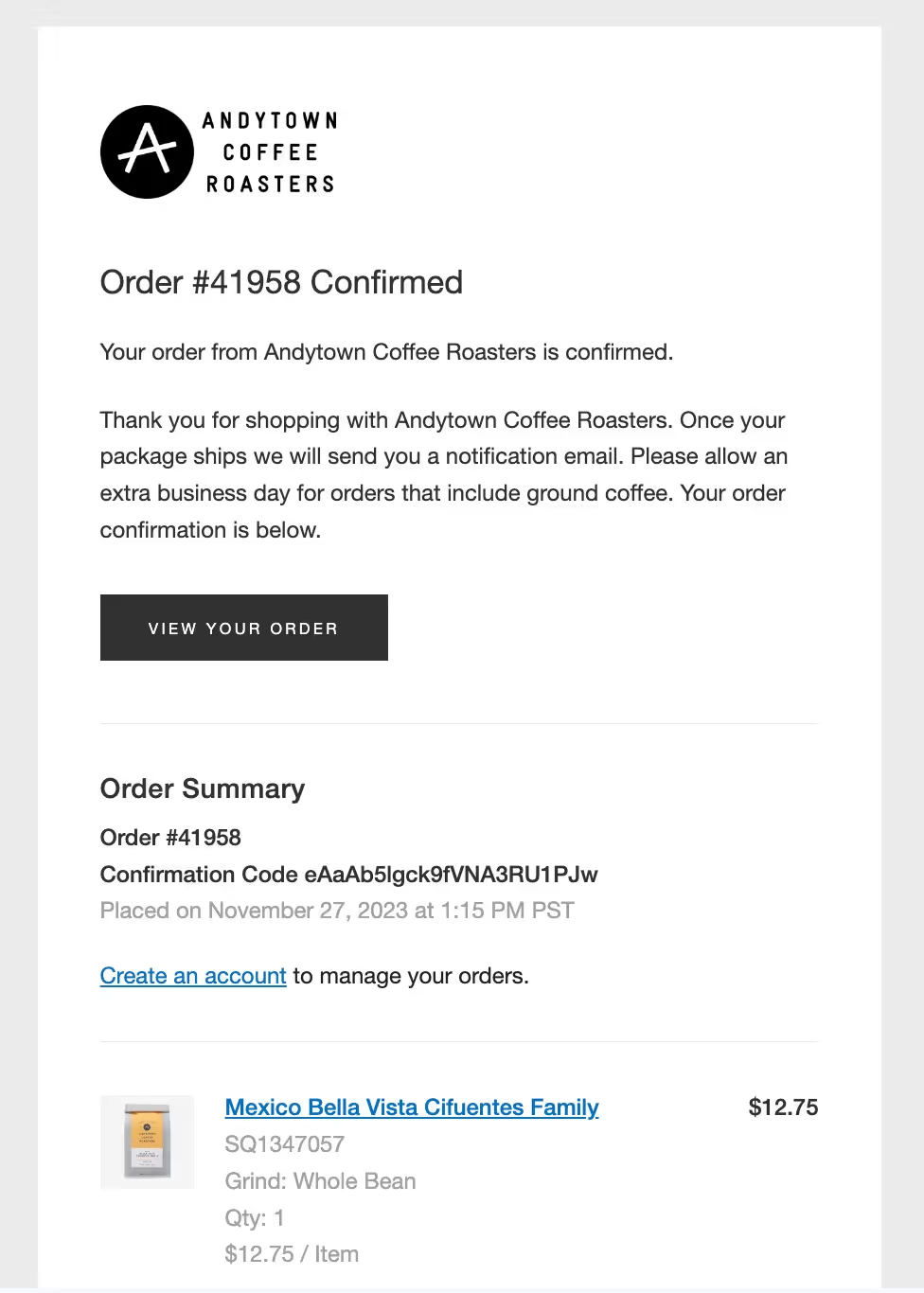
Perhaps the most expected use of the automated email is a confirmation of the person's action, most commonly a purchase. This could be as simple as letting them know the item(s) purchased, the price paid, estimated delivery date (or a download link), and where to contact your company if there are issues with the order.

Once someone interacts with your brand, you'll likely want to continue emailing them to move them through the customer journey. There are plenty of topics you can discuss in these emails:
This is one of the most powerful tools at your disposal as you can market automatically without having to write up and press send on a huge volume of emails.
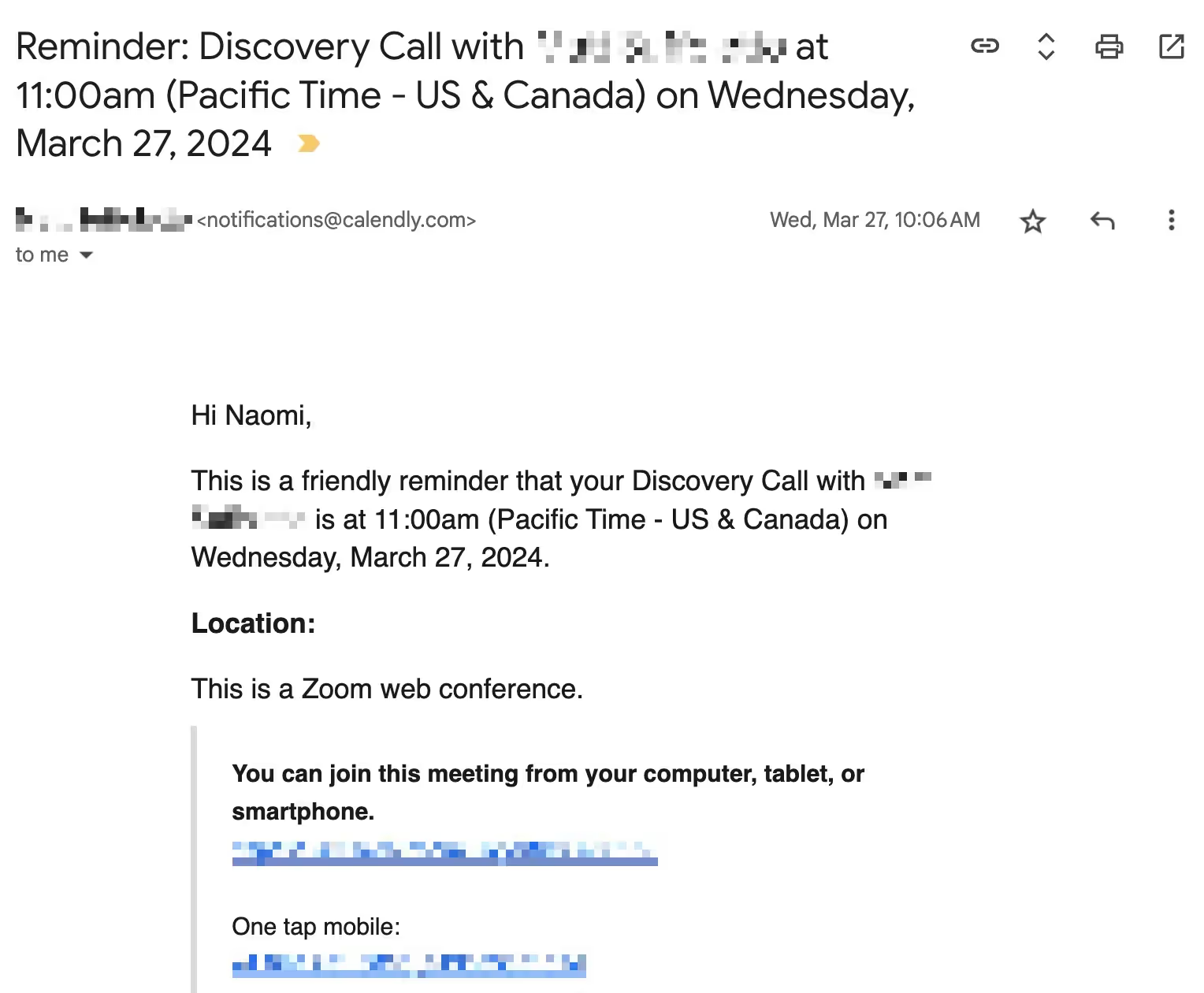
Incredibly simple, yet effective. Perhaps an hour or two before an upcoming appointment, shoot the recipient a quick email. Many scheduling tools include basic email automation tools to send reminder emails for calls and events.
Most of the benefit of the message comes from the subject line, so say something like this:
"Subject: Appt @ 3PM Today"
That, along wit the "From" line will be a sufficient reminder for most. Inside the email you could have directions to your office or a link to a virtual meeting.
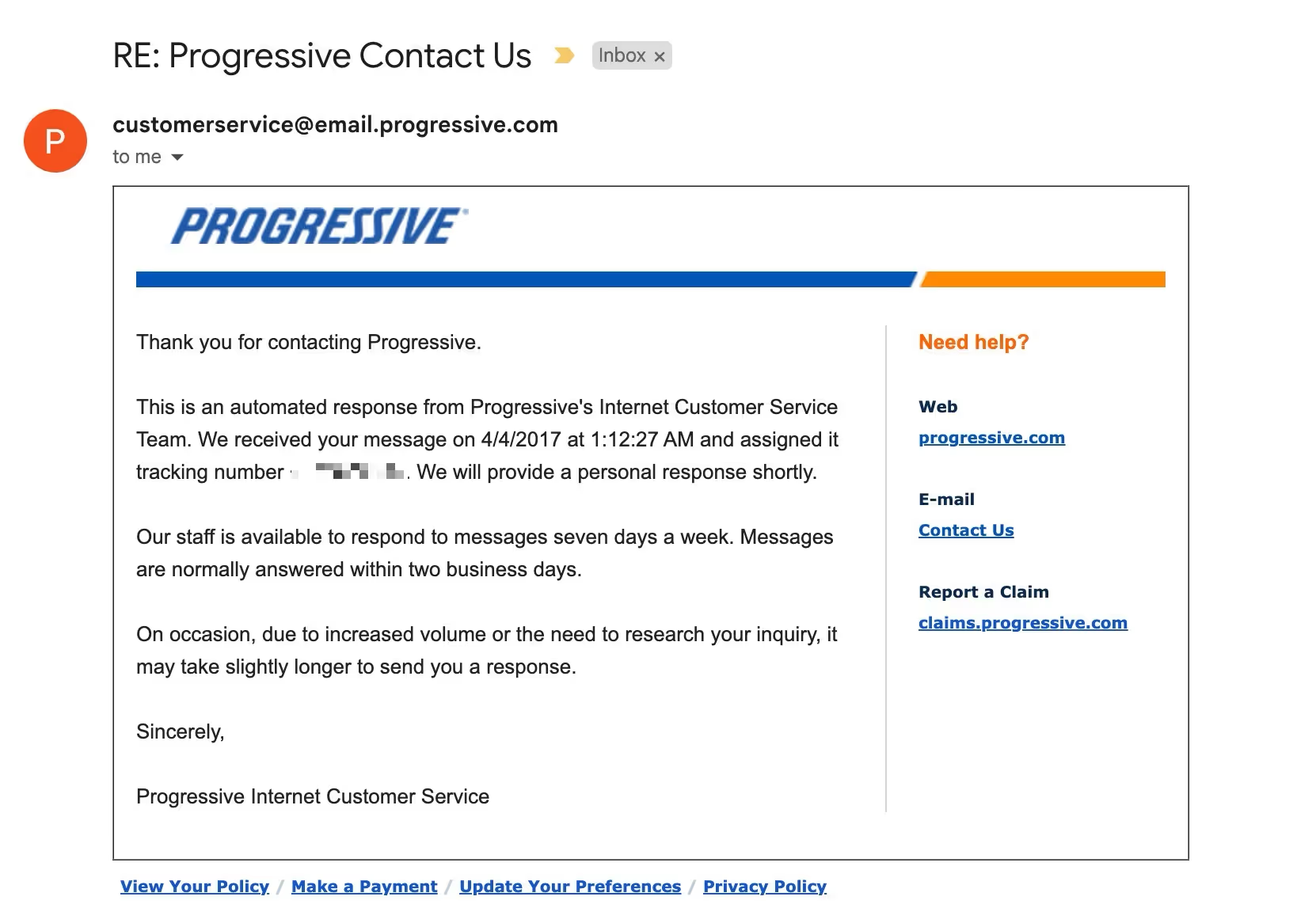
In response to a support inquiry, you could send a message like this:
"Hi [NAME],
We've received your support inquiry and someone should reply to you at this email within 4 business hours.
Topic of your inquiry: [SUBJECT LINE]
Ticket #: [TICKET NUMBER]
Thanks, and feel free to reach back out if you don't hear from us promptly."
It's short, but accomplishes everything you need. The person will know how long to wait for a response as well as another course of action they can take if things aren't moving along.
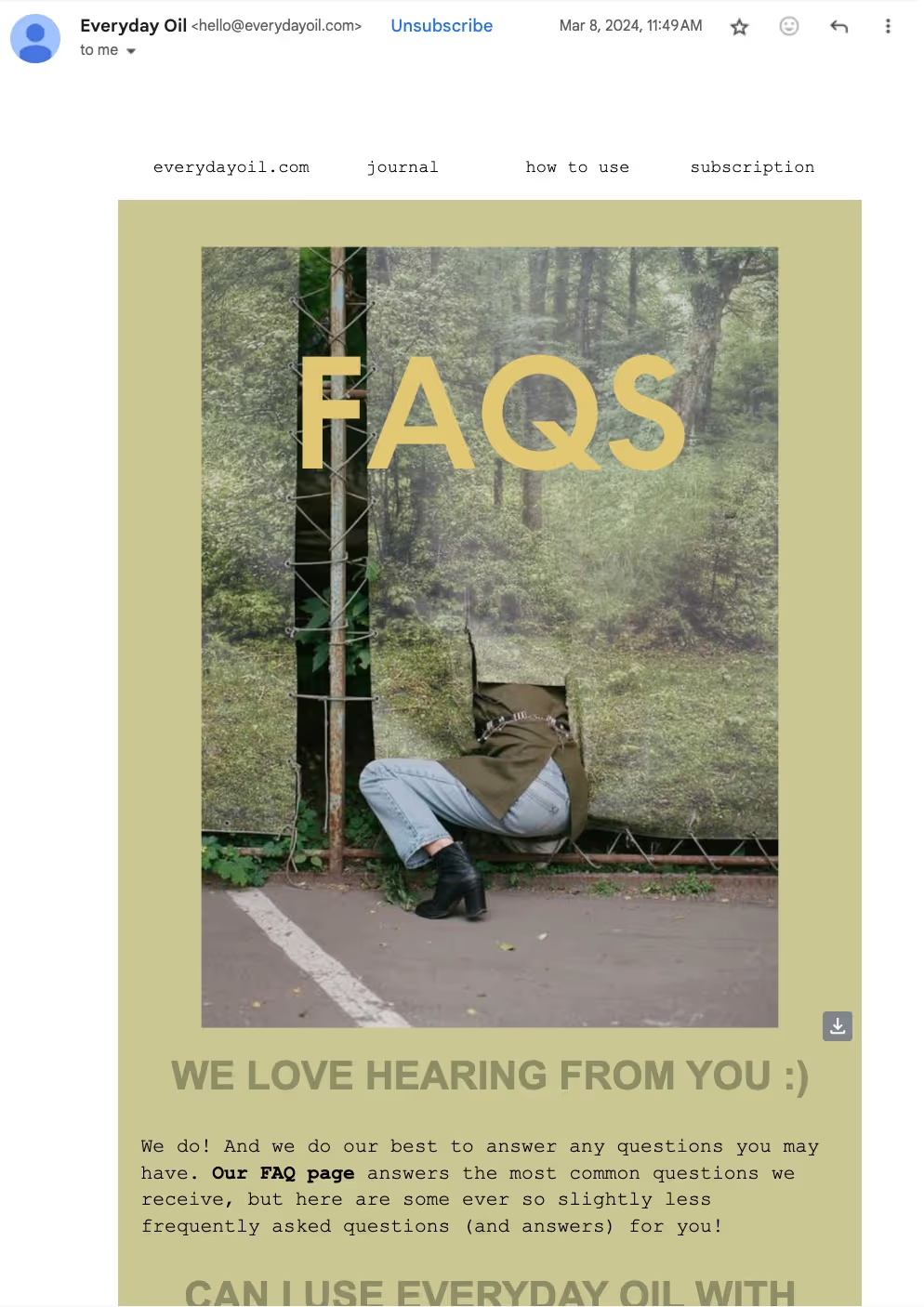
Many companies use phone trees that automatically answer your question or direct you to the right person. You can do a similar thing with email by giving out the most requested information in an automated response and significantly lower the time your team interfaces with email.
Let's say that you own a restaurant. What are the main reasons that people would be emailing you?
Give out that info or a link to where they can accomplish what they're looking for without a person. If none of those answer what they need, then a live person can step in and help.
Sticking to best practices for automating email responses helps keep your messages both effective and personal. When done well, automation lets you stay responsive and keep relationships strong without making your communication feel robotic.
These tips will help you save time while still delivering that thoughtful, human touch that builds trust and keeps conversations going.
If possible, don't dead-end the conversation and force the person to wait until you return.
Give the sender options by providing a phone number to someone else who can help, a link to customer support chat, or answer common questions. In certain situations, you might provide your phone number for them to reach you.
A personal touch goes a long way in most business communication, even when you think a robotic sounding message is fine.
For example, consider these appointment reminders:
"This is a reminder that your appointment starts in 60 minutes. Please be prompt and have your computer open."
Or, consider this option:
"Hi [NAME]!
I'm John with [COMPANY]. It looks like we have an appointment in about 60 minutes. I'd ask that you have your computer ready so that we can make the best use of our time together. If you can't make it, let me know and we can reschedule."
It's not hard to write the second one, but people would much rather interact with that scenario.
The first rule of setting up any automation is to test, test, test! You want to make sure that it's actually sending at the right time to the right person, and that your message is sending the right personalization elements (e.g., it's addressing them by name rather than say, their street).
The greatest benefit of automation can also be a drawback! The set-it-and-forget-it nature can mean that you forget to turn it off or update it. For example, once you're back in office, you certainly don't want your "out of office" reply going out.
Streak is a CRM in Gmail that gives you tools manage everything from hiring to fundraising to sales - right in your inbox. With Streak’s browser extension, you can easily track email opens, link clicks, deal progress, pipelines, and more without ever leaving Gmail.
Streak offers native integrations that make it easy to automate email replies directly in Gmail in two simple ways: using our mail merge tool, or by sending a snippet as an automatic reply.
Streak mail merge is the easiest way to send personalized mass emails from your Gmail inbox. While mail merges are typically used to send bulk emails and automate follow-up, you can also add someone to a mail merge when a certain event happens. For example, when you receive a new message or when someone fills out a form on your website.
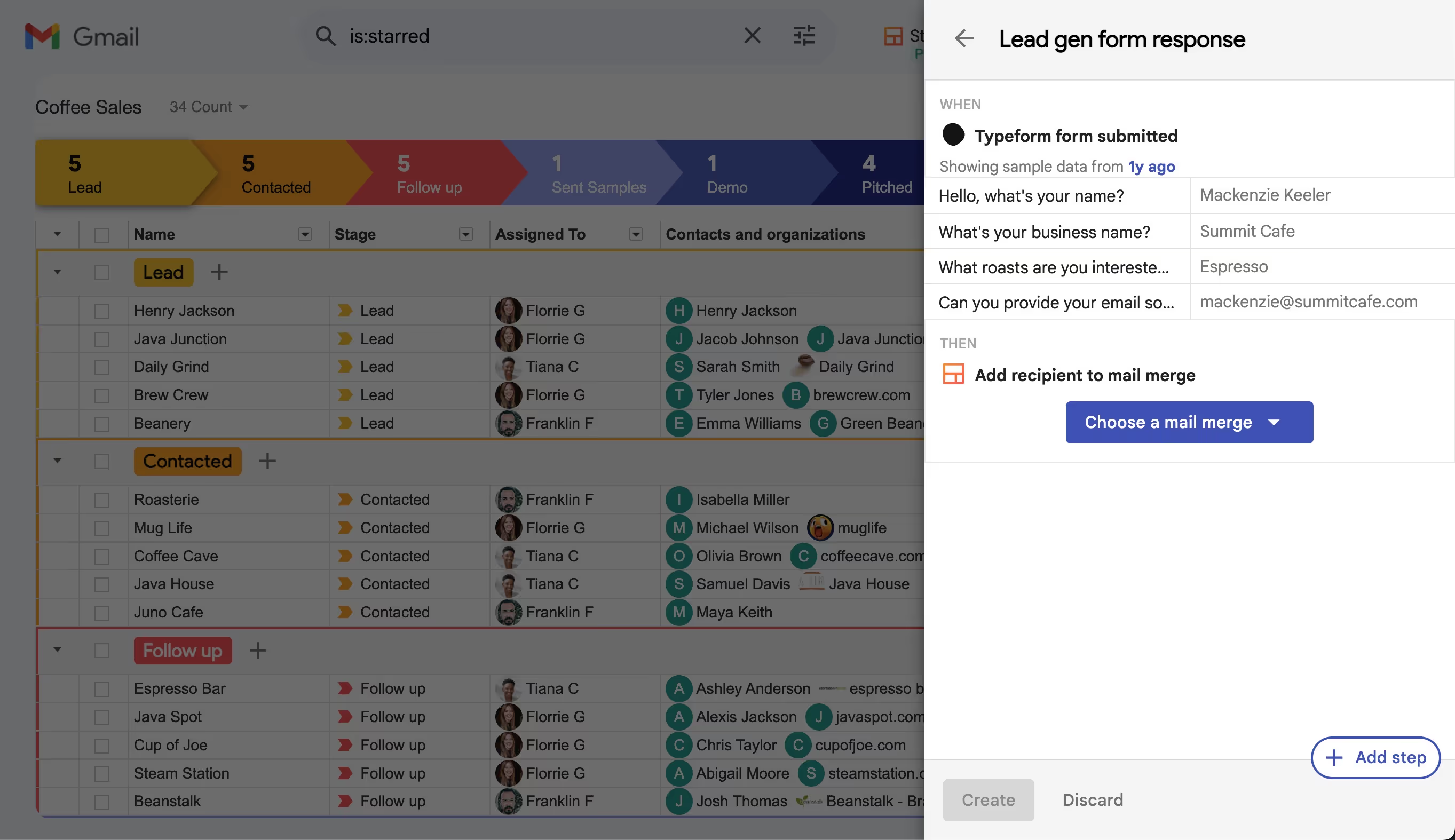
Streak's native integrations and automations capture information from your form so you can send a customized mail merge welcoming new visitors to your company, setting expectations about next steps, and providing helpful links or resources in the meantime.
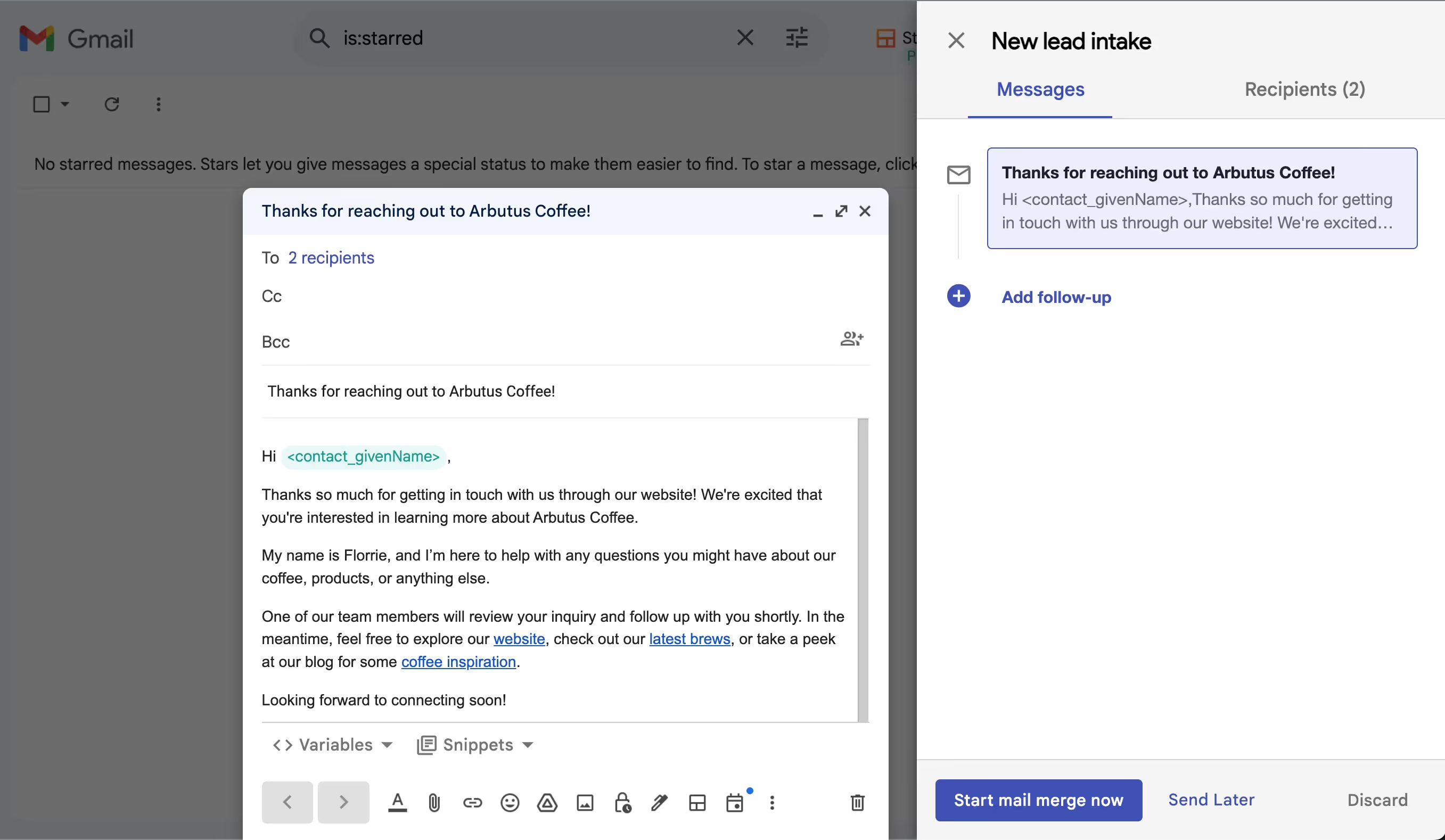
Using a mail merge is helpful when you want to include custom variables in your message or add automated follow-up emails to create an email sequence. You'll also be able to track whether recipients receive, read, click, and reply to your messages and provides a platform to set up a/b testing in Gmail.
Download the free version of Streak to start sending 50 customizable mail merges a day from your Gmail inbox!
Snippets are saved replies that can be shared with your team in Gmail. They help keep your communication uniform and streamlined as your team grows.

Snippets are helpful for transactional messages. Unlike mail merges, you can send the same snippet to a recipient more than once, which makes them useful for auto-responding to new support inquiries, or confirming orders.

Either method of automated response emails in Streak be configured to run continuously or create temporary ones—like an out-of-office reply or a message letting people know about delayed response times.
Additionally, Streak automations can log conversations and data directly into your CRM to record contact details or update existing leads. This helps keep your records up to date, making it easier to track interactions so important details don't slip through the cracks.
Start your free trial of Streak and unlock the power of automated email responses—save time, reduce manual tasks, and ensure faster, more consistent communication with your customers!
